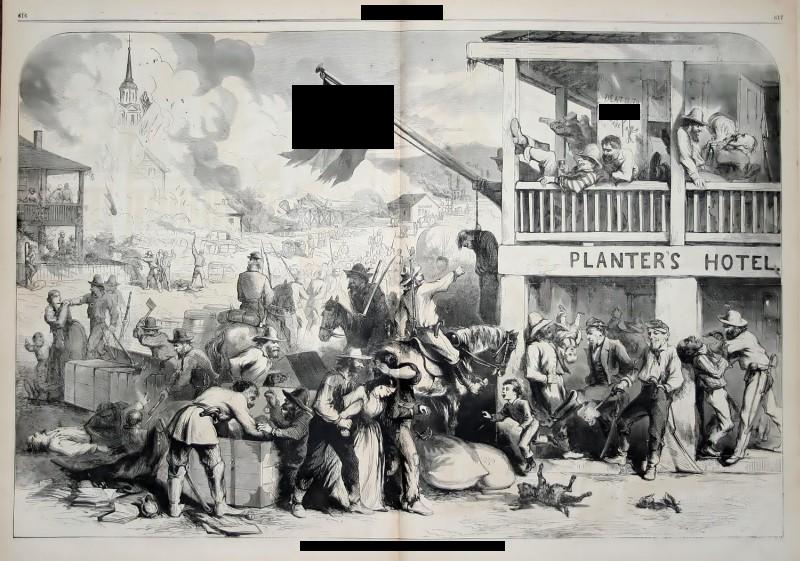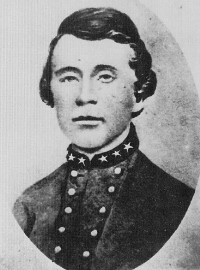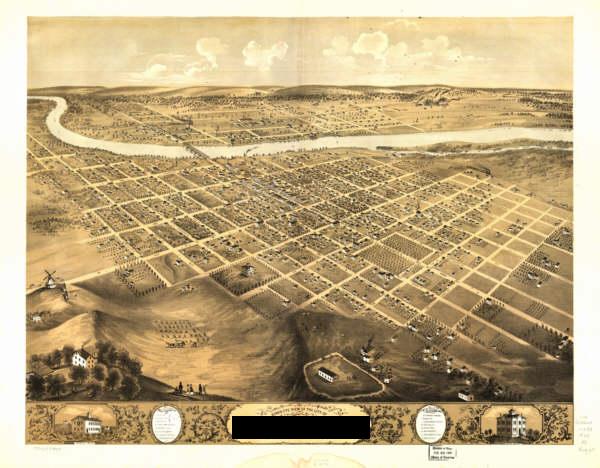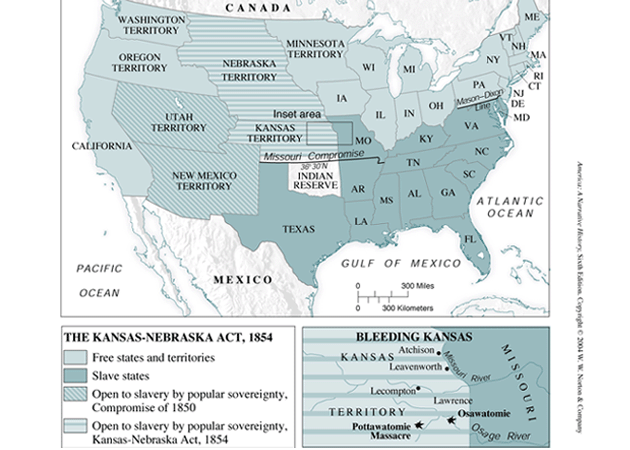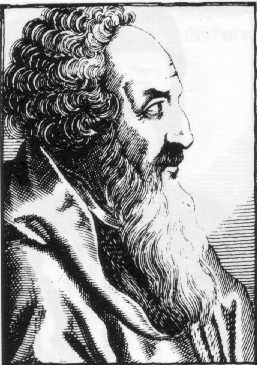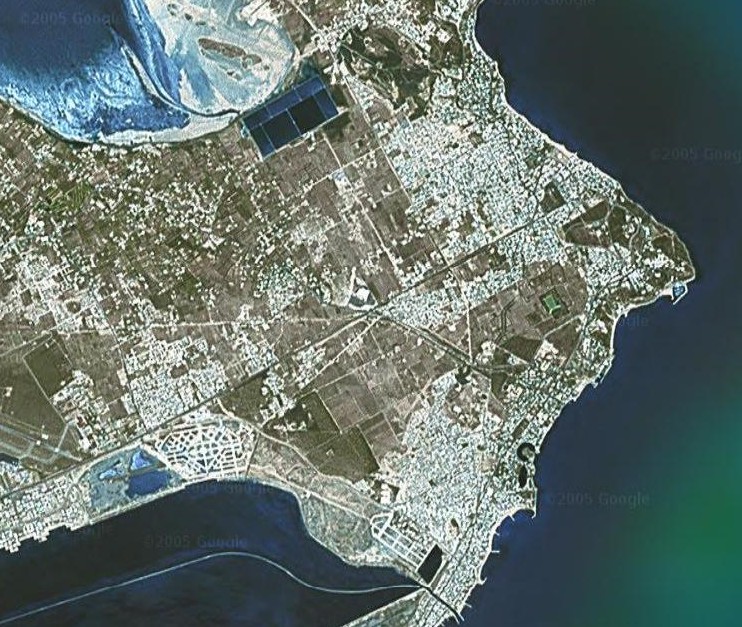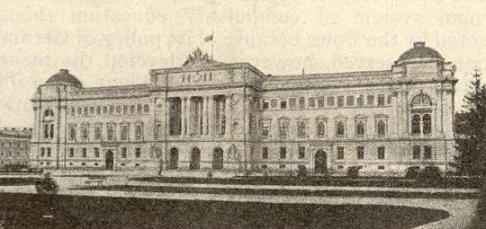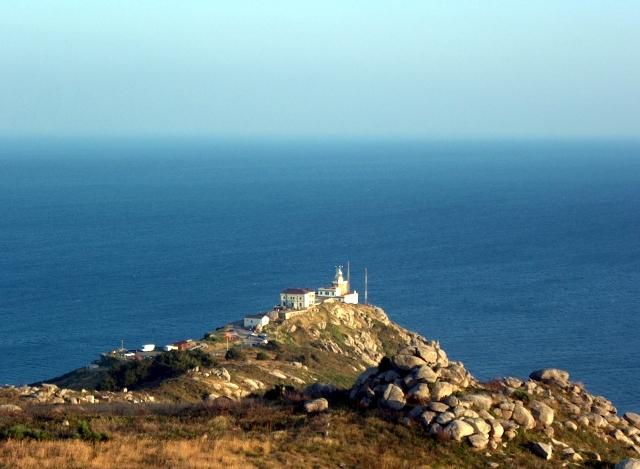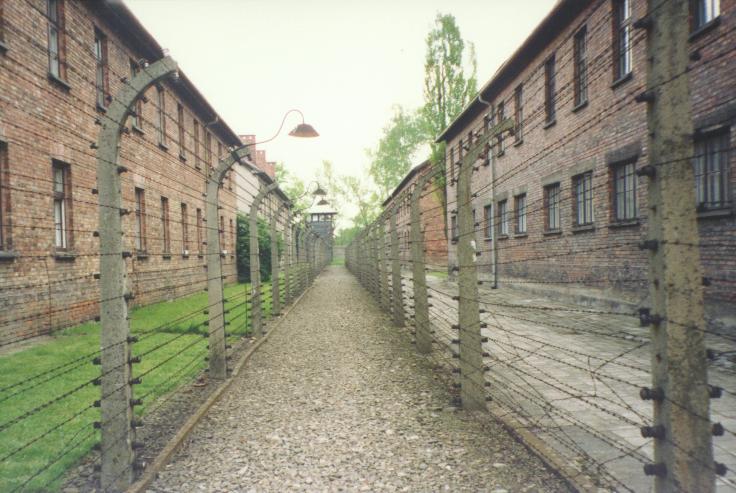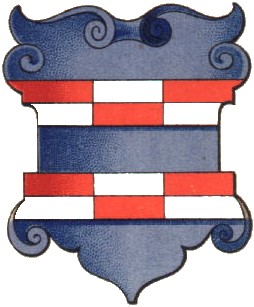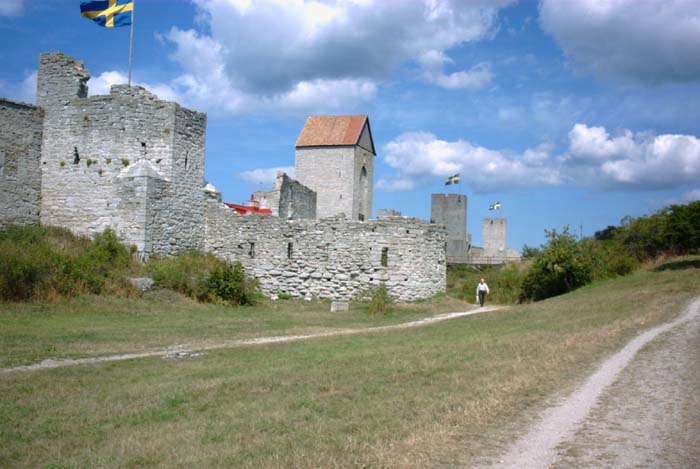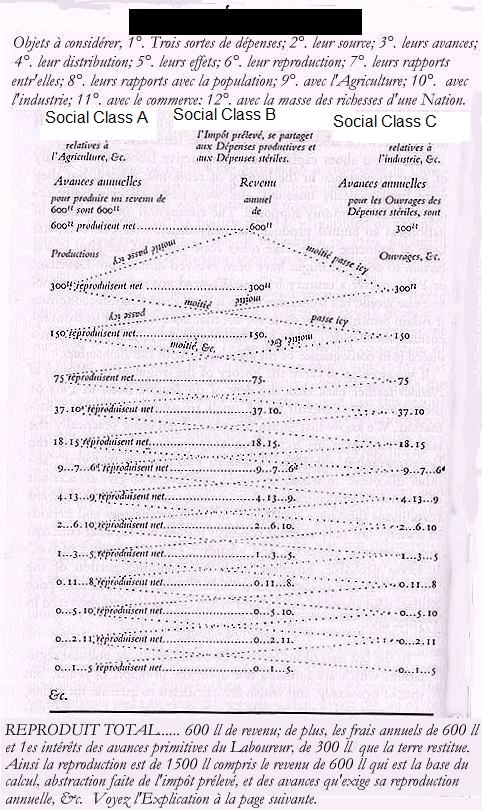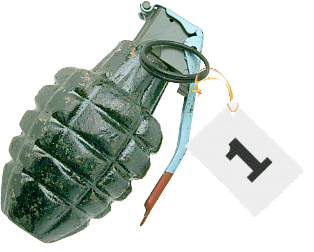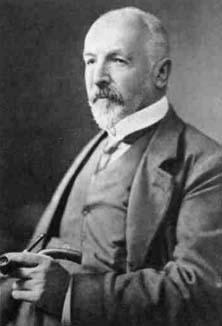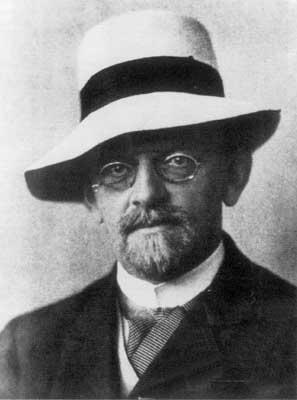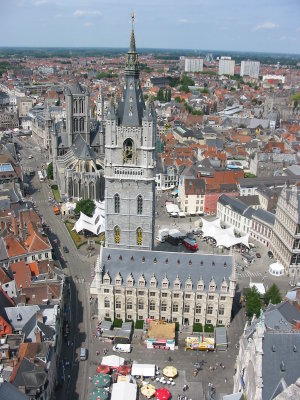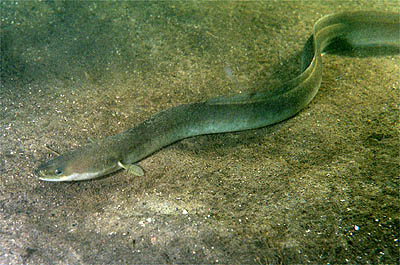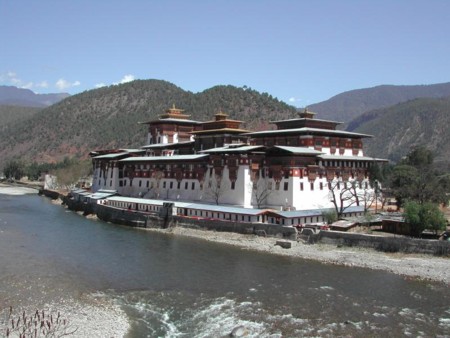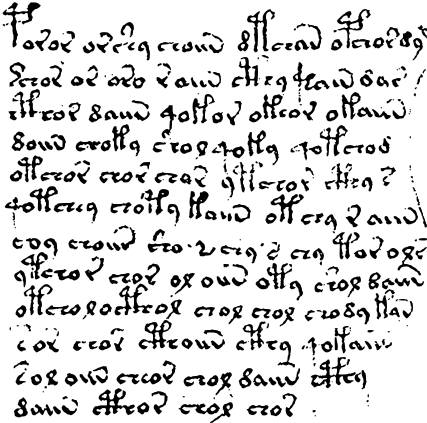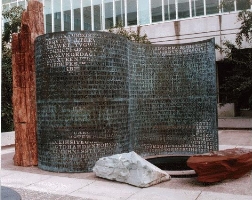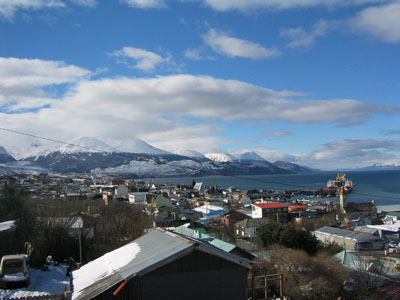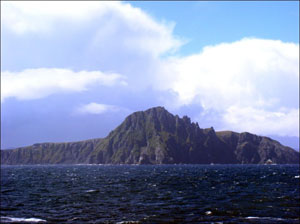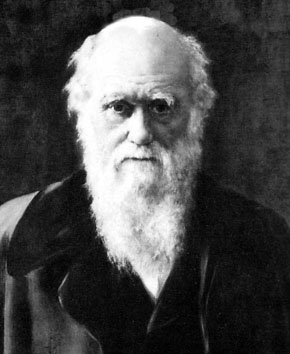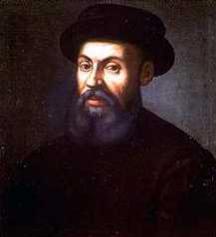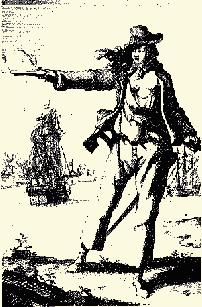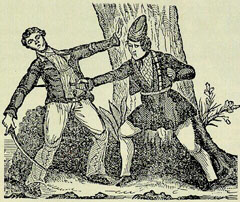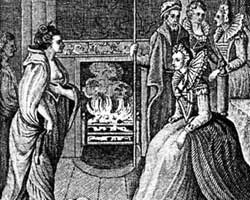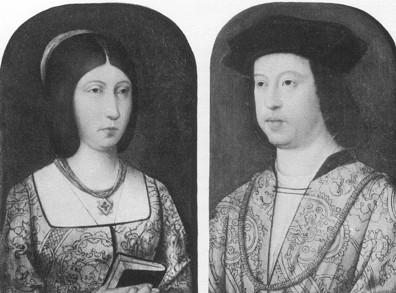And we have a winner: Congratulations to
syhde!!

--------------
Edit: Here's the first part of the answers:
1. Quantrill's Raid (Lawrence, Kansas, August 21, 1863)
The town of Lawrence (Kansas), founded by abolitionists from Massachussetts, was raided by Confederate raiders from Missouri under the command of William Quantrill, on August, 21, 1863. They took the town by complete surprise, and massacred all male inhabitants they could find. More than 160 men and boys were murdered and most of the town was burned down.
syhde's answer sums up the story behind the raid (called "Bleeding Kansas") very nicely:
The person in #1 is William Clarke Quantrill, so I assume this is the raid on Lawrence, Kansas in 1863, although that's not the lithograph I've seen elsewhere. Lawrence was the center of the antislavery forces in Kansas in the 1850s, and there was another sack in 1856 (in which, apparently, nobody was killed, which doesn't fit with the picture), one of the events durng "Bleeding Kansas." There was actually a small-scale civil war in Kansas in the 1850s between the pro-slavery and anti-slavery forces, and Quantrill's 1863 raid was an attempt to exploit those passions, not to mention getting revenge for Kansas being admitted to the Union as a free state.
Pic 1:
"You are viewing a leaf from an original 1862 Harper's Weekly newspaper . The leaf features a stunning illustration of the famous Quantrill Raiders sacking a western town. The illustration is by Thomas Nast, one of the most famous artists of the 1800's. This stunning illustration captures the confusion and panic in a town hit by one of Quantrill's lightning fast raids. The image captures all the deprivations and atrocities attributed to this group of Guerrilla Fighters. Many of Quantrill's men went on to become notorious western outlaws after the war, including Frank and Jesse James, the James Gang, and the Younger Gang."
Hollywood made a movie about Quantrill's Raid, called
Ride with the Devil.
Pic 2:
William Clark Quantrill
Pic 3: An aerial view of Lawrence.
Pic 4: A map explaining the
Kansas-Nebraska Act, which caused "Bleeding Kansas".
2. Convoy Battle HX-229, 16 Mar - 19 Mar, 1943
Team 1: Wolfpack "Raubgraf"
Team 2: Wolfpack "Stürmer"
Team 3: Wolfpack "Dränger"
Group A: Convoy HX-229
Group B: Convoy SC-122
In March 1943, Convoys HX229 and SC122 with 88 merchant ships and 15 escorts, were bound for Europe from New York, via Halifax, on parallel courses. In mid-Atlantic, they were relentlessly attacked by 45 U-Boats operating individually and in "wolfpacks," who fired 90 torpedoes, sinking 22 ships, and resulting in 372 dead. Germany called it the "greatest convoy battle of all time.
British and U.S. escorts used 298 depth charges to sink one German submarine and to damage several others, while suffering 1 casualty. Escort vessels were overwhelmed by the simultaneous need to hunt submarines and pick up survivors. Source
However, this victory was only possible because it happened during an Allied intelligence black-out when German submarines changed their code generation pattern. For several days, Bletchley Park was not able to decifer German Triton messages. Furthermore, the amount of sunken Allied ships was rather disappointing when compared to the extraordinary amount of participating submarines in this battle. This was the last victory for German submarines in the Battle of the Atlantic.
3. David Comnenus of Trebizond
David ruled the
Empire of Trebizond, a sucessor state of the Byzantine Empire, from 1459-1461, when he surrendered to Mehmed II. After the fall of Constantinople in 1453, Trebizond and its rulers were the last remnants of the Byzantine Empire.
Two years after his surrender, David was killed after being accused of plotting against Mehmed.
4. Johannes Bessarion
Bessarion was born in Trebizond, so there was a slight connection between these two questions.
5. The Sea Peoples
More info here:
Who were the Sea People?
6. Carthage
To the lower right, you can still recognize the
Cothon, the famed artificial harbor of the city.
I was in Norway with my father and brother during the summer of 2003. We came over Denmark and drove all the way north up to the Finnish border, so we didn't have that much time to spend at each location. In Lillehammer we stopped to have lunch and had a look at the Storgata.
 OK! It is a small place but anyway...
OK! It is a small place but anyway...


 One person mistook him for Mozart which is understandable as there is a certain resemblance. And actually, nr.7 was the only question nobody were able to answer. But I expect everybody to run out and look for films of Pasolini now...
One person mistook him for Mozart which is understandable as there is a certain resemblance. And actually, nr.7 was the only question nobody were able to answer. But I expect everybody to run out and look for films of Pasolini now...Again, thanks for all the effort you put into the quiz! I learned a lot,



